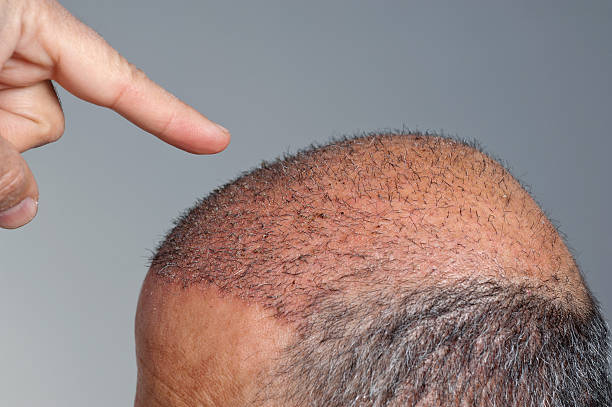Hair Restoration: Options, Procedures, and What to Expect
Hair restoration covers a range of approaches used to address hair loss. People seek restoration for many reasons, including age-related thinning, hormonal changes, medical conditions, medication effects, or scarring. Understanding available options, how medical procedures differ from topical or device-based treatments, and realistic outcomes can help you choose an approach that matches your goals and health profile. This article explains common causes, what hair restoration typically involves, the main medical procedures and less invasive treatments, how to evaluate effectiveness, and how to locate reputable local services. This information is intended to clarify terms and set expectations rather than replace advice from a clinician.

This article is for informational purposes only and should not be considered medical advice. Please consult a qualified healthcare professional for personalized guidance and treatment.
What causes hair loss?
Hair loss has several common causes that influence the type of hair restoration recommended. Androgenetic alopecia (pattern hair loss) is the most frequent, driven by genetics and hormones. Telogen effluvium is temporary shedding linked to stress, illness, or medications. Autoimmune conditions like alopecia areata cause patchy loss, while scarring alopecias result from inflammation damaging hair follicles. Lifestyle factors — poor nutrition, certain hairstyles, or harsh chemical treatments — can contribute as well. Identifying the underlying cause with a medical evaluation, including possible blood tests or scalp examination, helps determine appropriate treatment.
What is hair restoration?
Hair restoration refers to medical, surgical, and non-surgical strategies to halt hair loss, regrow hair, or redistribute existing hair for improved coverage. Non-surgical options include topical medications, oral therapies, low-level laser devices, and platelet-rich plasma (PRP) injections. Surgical restoration typically means hair transplantation, where hair follicles are moved from dense areas to thinning zones. The choice depends on diagnosis, hair characteristics, patient expectations, and overall health. Successful restoration balances safety, realistic cosmetic outcomes, and maintenance, since some treatments require ongoing use.
Which medical procedures treat hair loss?
Medical procedures for hair loss range from minimally invasive therapies to outpatient surgery. Platelet-rich plasma (PRP) involves drawing a patient’s blood, concentrating growth factors, and injecting them into the scalp to potentially stimulate follicles. Microneedling is sometimes combined with topical agents to enhance absorption. Hair transplant techniques include follicular unit transplantation (FUT) and follicular unit extraction (FUE). FUT removes a strip of scalp and separates grafts; FUE extracts individual follicles. Both are performed by trained specialists and require local anesthesia and recovery time. A physician evaluates candidacy based on donor hair availability and scalp health.
How effective are different treatments?
Effectiveness varies by cause and treatment type. Topical minoxidil and oral finasteride (for men) have shown measurable benefits in slowing hair loss and promoting regrowth in androgenetic alopecia when used consistently. PRP and microneedling have emerging evidence but can produce variable results. Surgical transplants often yield the most immediate and visible increase in density because they relocate permanent donor follicles; however, transplanted hair follows normal growth cycles and may need supplemental treatments over time. Realistic expectations and adherence to follow-up care are crucial; outcomes also depend on the skill of the provider and individual biology.
How to choose a treatment and find local services?
Selecting a treatment involves diagnosis, understanding risks, and setting achievable goals. Start with a consultation with a dermatologist or hair restoration specialist who can perform a scalp exam and recommend tests if needed. Ask about credentials, before-and-after examples, complication rates, and post-procedure care. For surgical options, ensure the clinic follows infection-control standards and that the surgeon has specialized training in hair transplants. If you prefer non-surgical treatments, verify the evidence base and whether maintenance is required. Look for reviews and referrals, and consider seeking multiple opinions to compare recommended plans from providers in your area.
Conclusion
Hair restoration encompasses a spectrum from lifestyle adjustments and topical or oral treatments to medical procedures and surgical transplants. The right approach depends on the cause of hair loss, patient health, hair characteristics, and realistic outcome expectations. Consulting qualified clinicians for diagnosis and personalized recommendations is important because treatment effectiveness and safety vary. With informed decisions and appropriate follow-up, many people find options that improve hair density and confidence while managing long-term needs.






